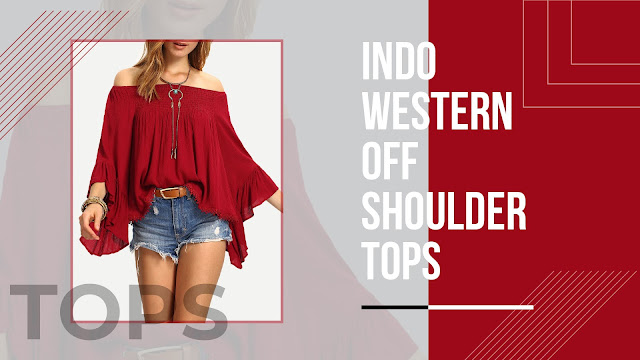Influence of Seasons on the Indian Ethnic Dresses
There is no way you can ignore the effect of seasons on your life and lifestyle. Humans have always sought to protect themselves from adverse climatic conditions. Whether it is the scorching heat of the sun or the harsh winters, humans have devised means to protect their bodies from adverse weather conditions. For this reason, you will find a vast changes in the attire of the people from one region to another. In specific reference to India, which is a country of multiple seasons, there has been evolution of Indian dress for women in such a manner that these remain conducive to wear during different seasons.
Summers are the months of intense heat wave with dry conditions prevailing in Northern Plains and Central India. The southern parts of India have rather a moderate climate.
The clothing patterns which are generally seen during summers have following characteristics-
a) Cottons, Linens and other breathing fabrics find far more usage.
b) Normally, only one top and bottom wear is worn at a time. This is true even for office-goers.
c) The styling is done to ensure that the cuts and drapes go well with the summers
d) Nickers, cargoes and other casual wear sale increases.
e) Women folk in north India prefer loose garments, such as salwar suits and shararas rather than sarees. However, sarees sales are not affected much in southern parts of the country.
f) Special occasions, events, functions and parties are also attended by wearing clothing made in above mentioned fabrics and there is no loading of garments.
However, this situation changes dramatically during the winters. Following are some of the characteristics of clothing patterns during the cold season-
a) Just one top and one bottom wear might not be sufficient as protection is needed from winters. Depending on level of cold, people wear thermals underneath, or have outer wear clothing. So more garments are worn at a point of time during winters.
b) Preference is for hugging clothes, not the loose ones.
c) Jeans and pants are more commonly seen during these times.
These points of difference clearly show that these is a variation in dressing up depending on season. There are regional variations in the use of fabrics and styling, depending on the local customs and culture of the people.







Comments
Post a Comment